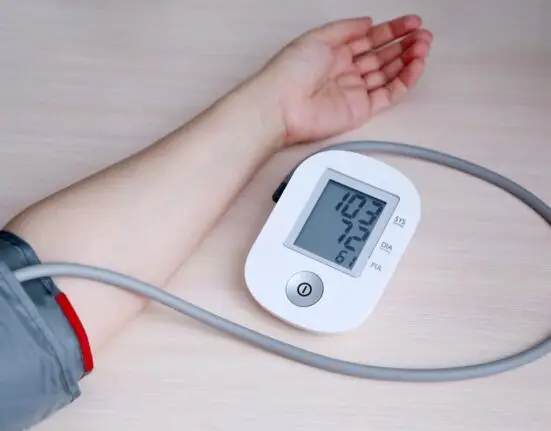Introduction:
Navigating cholesterol levels can be pivotal for maintaining heart health. Understanding what constitutes normal, borderline, and high cholesterol levels is crucial in managing cardiovascular risk. This guide delves into the different types of cholesterol, their recommended limits, and the significance of cholesterol ratios in assessing heart disease risk.
1. That is the prescribed limit of cholesterol and the amount of high cholesterol in the blood?
1.1 Total Cholesterol:
The normal amount of cholesterol is 180 mg or less according to the current classification.
The amount of borderline high cholesterol is 181 to 199 mg.
The amount of high cholesterol is 200 mg or more.
1.2 HDL cholesterol:
HDL cholesterol is considered low if it is 40 mg or less in men and 50 mg or less in women. 40 to 60 mg of normal is considered. More than 60 mg is considered to be a very good and heart protecting limit.
1.3 LDL cholesterol level:
Prescribed limit of normal: 100 mg or less: Approximately normal: 100 to 129 mg
Borderline: 130 to 159 mg
High: 160 to 189 mg
Very high: 190 mg or more
If, god forbid, heart problems exist, then the amount of LDL should be 70 mg or less.
1.4 Amount of triglycerides:
Normal limit: 150 mg or less
Borderline: 150 to 200 mg
High :200 to 499 mg
Very high: 500 mg or more
| Amount of cholesterol | Normal or High |
| Normal | Less than 180 mg |
| Borderline or high High | 181 to 199 mg 200 mg or more |
1.5 Total Cholesterol
1.6 LDL (low Density Lipoprotein) Cholesterol
| Amount of LDL Cholesterol | Normal or High |
| Normal | Less than 100 mg |
| Approximately Normal | 100 to 129 mg |
| Borderline High | 130 to 159 mg |
| High | 160 to 189 mg |
| Very High | 190 mg or more |
1.7 HDL (High Density Cholesterol)
| Amount of HDL Cholesterol | Normal or High |
| Low | 40 mg is less in men and 50 mg in women |
| Normal | 40 to 60 mg |
| High | 60 mg or more |
1.8 Triglycerides
| Amount of Triglycerides | Normal or High |
| Normal | Less than 150 mg |
| Middle | 150 to 200 mg |
| High | 200 to 499 mg |
| Very High | 500 mg or more |
2. Is there another measure of cholesterol’s importance?
Another measure is also used to know the importance of cholesterol levels and that measure is the ratio of cholesterol to total to cholesterol and HDL. If this ratio is less than 1: 5, then such a ratio is considered to be a guarantee of protection against heart disease. The best ratio is 1: 3.5. For example, if the total cholesterol is 175 mg and HDL is 50 mg, then the ratio is 3.5:1 (175/50). This is very appropriate. But if high blood pressure, smoking and sugar, then these factors significantly increase the risk of heart disease.
Conclusion:
Managing cholesterol levels involves more than just knowing the numbers. It requires understanding the balance between different types of cholesterol and their impact on heart health. Regular monitoring, lifestyle adjustments, and sometimes medication are necessary to maintain optimal cholesterol levels and reduce the risk of cardiovascular diseases.








Leave feedback about this